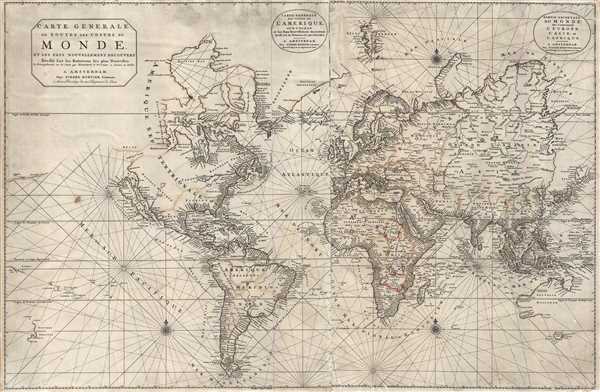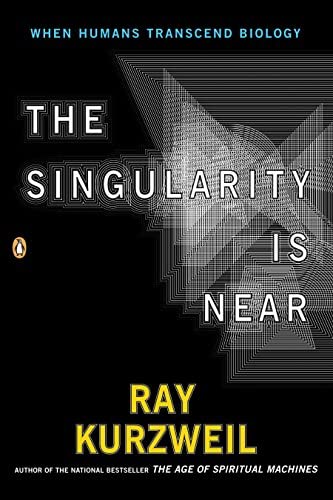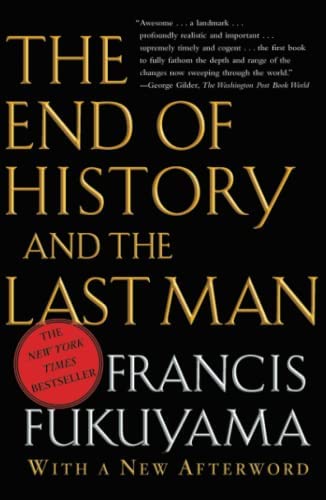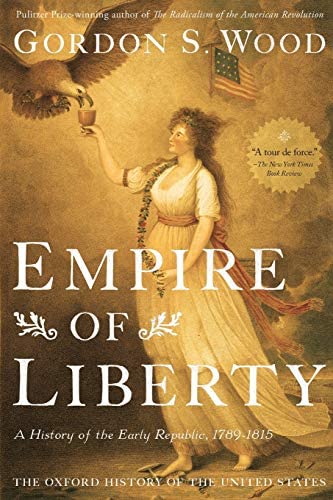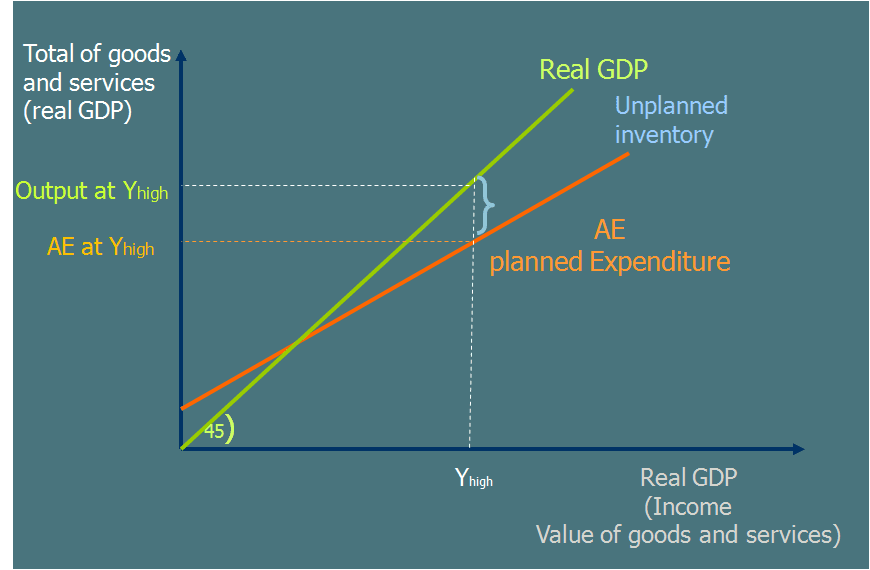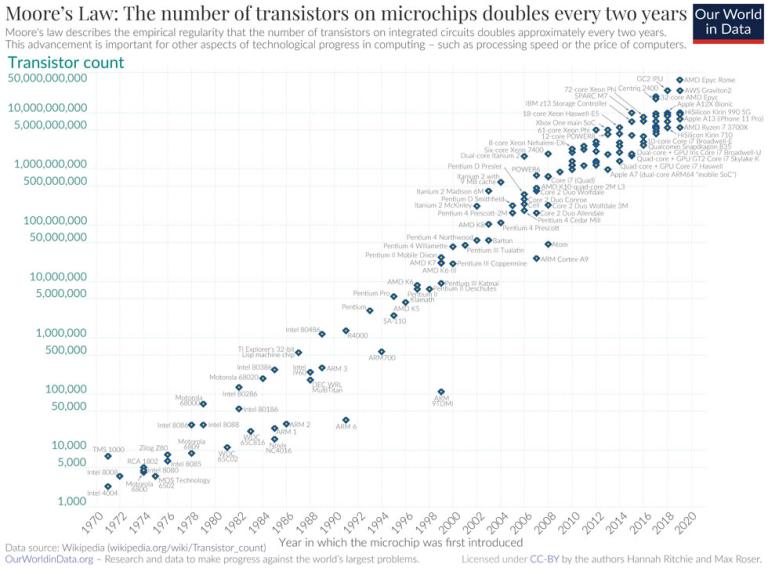This past Monday John Fea’s (21K f.; Messiah University Professor; author of Believe Me; past CFH President) Current, a digital journal, published an essay entitled “Forum: The New Shape of Christian Public Discourse” from historian, Jay Green, past CFH President, who currently teaches at Covenant College. Green’s essay proposes a grid for analyzing the landscape of Christian public discourse by plotting the goals of discourse on an x-axis and the means of discourse along a y-axis. Green plots the goal or ends of emancipationists along the negative ray (to the left) of the x-axis and civilizationists along its positive ray (to the right). He then plots the means of authoritarianism, who he identifies as maximalists, along the positive y-axis (ascent) and those who uphold values of liberalism, called minimalists, along the negative y-axis (descent). Green admitted that the notion of Green’s Grid came from a bar napkin and is an attempt to make sense of how to scatter plot people, organizations, and their organs in a rapidly changing world.
While David French (287.4K f.) and Mark David Hall (1.2K f.) applauded the essay early in the day, later that day the article received critiques via Twitter from historians Beth Barr (42.9K f; J. Vardaman Chair at Baylor; author of Making of Biblical Womanhood; past CFH President) and Kristin Du Mez (67.7K f; Associate Professor, Calvin University; author of Jesus and John Wayne). Both Barr and Du Mez objected to being classified as emancipation-maximalists, according to Green’s Grid.
On Tuesday, Daniel Williams (444 f.; author of The Politics of the Cross) published an interview with Green concerning the essay on this site. Williams and his wife, Nadia, contribute to the Anxious Bench and are contributing editors at Current.
Later that morning, Du Mez responded to Green’s essay with a Substack entitled “On Why I Don’t Think I am Illiberal.” She resisted the label emancipation-maximalists. She found Green’s analysis that she was an authoritarian, coercive, illiberal, uncivil person to be unwarranted and unfounded. She provided substantive evidence to the contrary and requested Green to corroborate his plotting with concrete evidence.
That day both Fea and Green made statements via Current. Fea believed Green’s article to be “within the bounds of open dialogues in the ‘arena’ of democratic exchange.” He encouraged arguments and evidence over employing an “illiberal mob” for “stirring a social media beehive.” Green provided a statement of clarification and endearing apology for any harm or offense caused by plotting people into his grid.
On Thursday, Jemar Tisby (72.1K f.; Simmons College Professor; author of How to Fight Racism) published a Substack response entitled “Maximalists for Love.” He adopted Martin Luther King, Jrs stance of extremist for love while critiquing the grid for not having consideration for the Black Church. He then provided historical evidence for how the Black Church cannot fit neatly into this scatter-plot. End Lit Review.
Jay Green’s essay and the ensuing conversation have lived in the inner life of my mind for much of this week. Why? Well, please note who is involved in what can be called none other than a controversy. Key proponents and opponents to Green’s Grid: Fea, Green, the Williamses, Barr, Du Mez, and Tisby—are members of the Conference of Faith and History (@faithandhistory), three have been President, and a handful are contributors or past contributors for the Anxious Bench (@anxious_bench). The three figures central to the Green Grid plot, who have arguably been mis-plotted as emancipation-maximalists, were plenary speakers at last year’s CFH conference. This is a rather niche group involved in a somewhat intramural conversation in the public square of Twitter.
Quite honestly, Green, Fea, and Current have lobbed the Green Grid grenade and disrupted historians from doing more meaningful historical work and disrupted a fairly sweet harmony within environments like the CFH and Anxious Bench. While I appreciated the apologetic statement from Green yesterday, and I also heartily am interested in conversation, I think we all need to consider how to facilitate these kinds of conversations in the public square of Twitter because, quite frankly, everyone is watching.
This essay is my attempt to do so by offering an analysis of Green’s Grid and an interpretation of its ends and means to achieve them. I write this as the editor of the Anxious Bench, the social media coordinator of the Conference on Faith and History, and a concerned evangelical, who teaches at Wheaton College.
First, I will assess the grid and its usefulness as a tool. Second, I’ll provide a couple interpretations of the grid from a historian’s perspective. To do so, I will be retrieving ideas from a number of intellectual figures from the history of Western thought, and I will make a comparison of the age of exploration and the errand into the wilderness of the New World with developments in society and culture since the dawn of the digital age.
Evaluating Green’s Grid
Green’s Grid may be a useful sociological tool, but if it is, it appears to be a rather subjective, qualitative tool that plots living people haphazardly on a scheme of authoritarians versus liberal democrats, who either favor pluralism and libertarianism or conservatism. However, I do not find it to be a reliable sociological tool. For it to be a more meaningful sociological tool, the grid needs quantitative incremental metrics to measure someone along the scales of the two axes. The grid currently lacks criteria to properly poll people or survey an individual for their own self-analysis. Usually, a scatter plot like this would come as a consequential matrix, that visualizes quantitative analysis from a survey tool, and the graph would add credibility and authority about the Sitz im Leben of discourse. It has potential for this purpose if a sociologist comes along and creates a measurable way to plot people and organizations along the axes.
However, the rational of the rays on the axes has dilemmas that require reconciliation. Green argued that he derived the notion of the plot in order to break free of the left/right, democrat/republican, liberal/conservative binary. If so, then wouldn’t the emancipationist/civilizationist scheme be more accurately inverted? If civilizationists are conserving the traditions of the past, shouldn’t they fall on the negative x-axis ray, as those who look back to the cherished past and reclaim it? If emancipationists lead the way towards human progress, shouldn’t they fall along the positive x-axis ray as those who are on a continuum toward the future?
Furthermore, if the minimalist means of liberalism demonstrates virtues and the maximalist means of authoritarianism represents vices, wouldn’t virtue fall along the y-axis of ascent, and vice fall along the y-axis of descent, since ascent is symbolic of positive virtues and descent is symbolic of negative vices. And do please go back and review Green’s article. The qualities of his description of minimalist liberalism are all positive virtues, and his qualities of maximalist authoritarianism are all negative vices.
Adopting these changes to the grid seems like a more reasonable way to assess the spatio-temporal realm that this grid, as a sign, is intended to symbolize. This would make the grid a stronger representation of a metamodern tool that leverages all quadrants and all levels in a rational manner. This would then put the idealized emancipationist-minimalists into quadrant 1 of the grid, which is typically how you would map a positive arch.
In my assessment, Green’s Grid is a poor historical tool if it is one at all. I think Green knows this. For, after all, if Green, a historian, intended for its use to be for historical purposes, he might have, you know, plotted some dead people on it, people from the past. But did he do that? No.
Is it a historical tool at all? I don’t think so. Not really. But maybe.
Let’s evaluate its delimitations as a historical tool. First, the tool is not a global tool. It has no usefulness for geographies outside of the United States, and his samples that he plots on the tool are of a States based origin. Admittedly, these people and organizations may have a global audience and influence and that’s because they have a meta-audience, but we’ll get to that later.
In my assessment, the grid has no worth for periods before the ascendancy of liberal democracy and the triumph of the American Republic/Empire as a global power. So temporally, its value is no earlier than post-WWII, and it appears to function more as a vindication of the collapse of communism and to validate that fascism is an untenable alternative to liberal democracy. As a tool or shibboleth for doing so, it has succeeded. So far, every emancipationist-maximalist (Barr, Du Mez, and Tisby) have rejected the authoritarian implications of where they have been plotted, and it appears that they have confessed some sort of allegiance to liberalism.
Since the grid appears to be a tool primarily for measuring Twitter personalities, which is rather peculiar for someone who does not appear to be on Twitter, the historical usefulness is no earlier than 2006 (the advent of Twitter). Green’s article initially pinpoints 2015 as the turning point in public Christian discourse. A number of the folks Green plotted were unknown on Twitter prior to 2017. Trumpism shaped quite a few of these influencers’ voices and messages, as Green rightly pointed out in his essay. Thus, from a historical standpoint, the tool seems to plot the current discourse and status of people of influence since 2015.
Historians prefer historical distance in their analysis for many reasons. Historical tools such as change over time, context, complexity, causality and contingency are difficult to measure without temporal distance. Historians, in close temporal proximity to the period measured, also suffer from emotional vulnerabilities. It’s not as easy to be dispassionate when a historian evaluates living mentors, colleagues, friends, and foes. A historian in these circumstances risks the temptation to flatter potential patrons in the patron-client landscape of the digital wilderness.
So, as a historical tool, the grid measures a brief period of time, with little critical distance, and it invites emotional vulnerabilities and opportunist temptations. The tool potentially has a short shelf-life, especially considering the ongoing prophesied and imminent demise of Twitter. We’re all watching and waiting to see what will befall Elon’s domain.
Interpreting Green’s Grid of the Digital Wilderness
I just introduced the notion of a digital wilderness. Technologies from the digital revolution in the last third of the twentieth-century have enabled digital exploration and colonization. It can be compared to the circumstances that brought on the westward facing Atlantic World of Empire from the late fifteenth century onward. People since the late twentieth century have participated in an errand into the digital wilderness. Some have obtained digital charters of colonization. Zuckerberg chartered the digital equivalents of New England and the Middle Colonies with Facebook and Instagram, respectively. He has built a Meta digital empire. Elon Musk has recently purchased the digital wilderness of Twitter, equivalent to the Chesapeake. These digital colonies are being populated by ambitious colonists. Some are digital planters. Others are maritime merchants, moving digital commodities of intellectual property from one digital colonial property to another (Twitter, Facebook, YouTube, TikTok, Mastodon…et al.)
While Green’s grid favors and forecasts the Fukuyama inclination towards liberal democracy, I think both he and Fukuyama underestimate the contention of digital plutocracy as a rival ideology. Ray Kurzweil and those he has influenced for a couple generations forecast and represent a different endgame that leads to the singularity.
As a Christian historian, who has done quite a bit of research in Transhumanism, digital futurism, and its intersection with Christianity, I feel obligated to flag this for everyone. If you’re interested in following this line of inquiry, I encourage you to read my literature review on Transhumanism, Christian Transhumanism, and its consequential impact on Christian theology: “Becoming Data, Enhancing Humanity: How Technology and Transhumanism Challenge Christian Theology and Anthropology” in the Bulletin of Ecclesial Theology.
When interpreting what Green has achieved with the grid, we must observe some realities. First, Green plotted himself and John Fea, among others into an idealized quadrant, the emancipationist-minimalists. We have to recognize that this is where orderly, civil, and liberal citizens ought to reside.
Second, Green employed the grid to plot digital elites within the digital plutocracy. In the literature review of the past week, I noted how many followers each person had on Twitter. This matters to Green, Fea, and Current. That is not to say that the grid could be used to plot anyone. It can be a grid from below, but that is not instinctively how it was employed. It assumes a digital plutocracy and panders to those who have mastered the art of influence. The people plotted have earned thousands of followers and have a history of high traction on Twitter. These are the recognized ruling elites of the digital world. Gaetano Mosca’s The Ruling Class has a hold on and influence on the grid maker and grid.
Third, Green’s argument appears to favor Fukuyama’s thesis that the end of history is liberal democracy (Cf. The End of History and the Last Man). We should eschew authoritarian and totalitarian impulses for civility and private freedoms.
Fourth, when you pull the first three interpretations above together into a cohesive whole, you may reasonably construe that free-market enterprise is a value in this imagination of the digital wilderness and its discourse. The digital plutocrats, who are idealized, are genteel influencers. They have practiced some level of condescension with their followers. It’s quite possible that they have succeeded in the idealized life of earning a passive income in the digital wilderness. Their substack, podcast, and tweets yield fruits annually, such that they subsist on them and may lead a life of leisure. Gordon Wood’s depiction in Empire of Liberty of the idealized country planter, who practices disinterested benevolence in commitments to interests of State, is the perceived end for the digital plutocrat in the post-industrial digital wilderness. Perhaps there is some longing to achieve this end for the Current plantation and its planters.
Bearing in mind the economic implications of this last observation, might I suggest that if this grid is to have an on-going life, a prospect to which I am not inclined, nonetheless, a z-axis may be a meaningful tool to measure the continuum between opportunists and benefactors. Benefactors fit more with the culture of liberalism. They are disinterested benevolists, whose concerns are the good of the State, society, and its citizens. Opportunists, on the other hand, are colonizers of the digital wilderness, who wish to exploit its resources and users for their gain.
Not only can Green’s grid be read as plotting the idealized imagination for the digital wilderness and its colonists, but it can also be a tool to order this society. It can identify the disorderly, who need to be reformed. Those who have illiberal pretenses, may be enticed into the Fukuyama vision. If we look at the past week, we see that the grid functioned successfully in this manner. As far as I can tell—Barr, Du Mez, and Tisby (perhaps with some qualification) affirmed interests in securing their place in the orderly realm of liberalism.
A Panopticon for the Digital Wilderness
Thus, Green’s Grid functions as a sort of schismatic for the panopticon of the digital wilderness. What is a panopticon? Jeremy Bentham, the British Moral Philosopher, envisioned an alternative to the penal function of New South Wales during the 1790s through 1812, which culminated in a publication called Panopticon Versus New South Wales. This publication collected a series of correspondence and plans advocating for a national penitentiary system in England. A panopticon was a circular or polygon architectural structure that favored an optimized way of housing and monitoring convicts. The environment was designed to reform them back into orderly and productive citizens. The design of the structure made it easy for the warden and guards to keep an eye on convicts, and its design caused convicts to believe that they were always watched, regardless of whether this was the case.
Twitter is already a panopticon for its digital citizens. We can all see one another and note each other’s behavior. We can even endorse, downgrade, or dunk on someone’s illiberality. Fea tacitly touched on this function of Twitter in his Current posts yesterday. Even if we don’t see a particular person’s posts in our feed, we can search them up and see how they’ve behaved.
Green’s Grid allows us to plot how we think people are behaving. It enables the plotter to place people into the disorderly or orderly quadrants. This empowers the plotter. In the exercise of Green plotting people into his panopticon, Green created knowledge and shaped peoples’ perception of the organizations and people who had been plotted.
Long after Bentham created the notion of the panopticon, Michel Foucault came along and retrieved the concept for his own analysis of power and systems. Ideologies like communism and fascism are authoritarian systems that socially control people. Panopticons are meaningful tools in these totalitarian contexts. In totalitarian societies, citizens surveil and report on one another. They are rewarded or reprimanded based on what is reported. The practice of employing panopticons for surveillance causes a certain “gaze” upon people, especially those who are disorderly. When green plotted people and organizations on his grid, the event empowered him, and it put him in a superior position to those upon which he “gazed.”
What if the Arc of History Favors Digital Plutocracy?
I am inclined to oppose sets of binaries like this and resist simplified categorizations and characterizations because it can become a tool to control and surveil others. Call me a post-structuralist, if you like, but I believe individuals and institutions have animated lives that may evolve gradually or radically. Too much fluidity exists in society and culture for such simplified constructs.
The reception of Green’s essay is fascinating. Emancipationist-maximalists resisted being confined to their quadrants, while civilizationist-maximalists have seemed to quietly and glibly receive the essay, understanding the consequential value it poses for them. The tool fits their appeal for protecting power and control, and it provides a tool to monitor and domesticate digital citizens in a digital society that they wish to rule. They are intuitive digital plutocrats, and one might plot an arc of history that favors their inclinations.
That arc would find similitude in John Maynard Keynes’s Cross, which is employed in forecasting and evaluating economic patterns; this arc of history would resonate with Moore’s Law, which argues that the number of transistors on a microchip doubles every two years; or it follows the rule of seven. According to Standard and Poor’s, the average annualized return from 1926 to 2020 has been 10%. Thus, every seven years your investment doubles. In other words, post-industrial societies that depend upon technological innovations, especially digital technologies, experience exponential technological and economic growth.
These societies favor plutocracy, a wealthy ruling class of elites, like Elon Musk, who have unlocked the secrets to passive income and can control or pander to the mob with the power of a tweet. In Musk’s first weeks of control over his chartered digital colony, he has wielded his influence with similar precision to how Allan Greenspan once controlled economic markets from his position as head of the Fed.
This ought to be worrisome to Christians, who envision a different arc to history, one that culminates in the return of a benevolent king, who will rectify wrongs, liberate the oppressed, reward the righteous, and usher in a rule of grace expressed by love and charity.
Recognizing and Sympathizing with Fellow Digital Colonists
I think what Green’s essay and the ensuing events had done is it has helped us sympathize with the intuitive goals and means of Fea, Green, and Current. They have realized the pressures that digital plutocracy places on those who desire recognition and success in an exponentially adapting digital wilderness. The early modern historical precedence of white, male plutocracy dictates that Fea and Green ought to be winners in this wilderness. While that historical precedence propped up a vision for an idealized minimalist-civilizationist category, it was always plutocratic and pulled more maximalist than minimalist. Just as early modern plutocrats like Thomas Jefferson depicted themselves in an idealized role as a genteel country planter, who had a disinterested benevolence for the State and society, Fea and Green imagine themselves in the newly recalibrated ideal of emancipation-minimalist category. They have done so because they resonate with that past precedence, and they believe that they are the sort who should flourish in a wilderness. Yet, yesterday Fea admitted his frustrations and disillusionment about all of this. It appears he is rejecting the digital colony of Twitter, which he believes is as unruly, disorderly, and corrupt as seventeenth and early eighteenth century Chesapeake (see Taylor, American Colonies).
Lived history is valuable. Recording living histories is vital. It’s so nice to be able to talk to your subjects and listen to them sympathetically. In as much as Green’s grid achieves that, it might be useful for a time. But it must do more than prove some sort of Christian appropriation of a Fukuyama thesis that plots, along two problematic binaries, the enemies of the end of history against its noble defenders.
Recognizing and validating people as valuable historical figures is meaningful. I think we all want that, which is why, maybe, this tool has grossly missed the mark and fallen short (please note allusions to hamartiology) in appropriately assessing living figures of history.
I have the greatest admiration for Jay Green and John Fea, as historians. They should be recognized for the merits of their work and their contributions to the guild. I read the Current on occasion and I wish it the best. Sadly, this hasn’t appeared to be the finest moment in these people’s and online news sources’ history. I wish for better days ahead for them. I’ve had my moments on Twitter that I’m not proud of, so I get it, and I’m sure I’ll have more of them. I’ve tossed my grenades and I’ve laid on a couple, too. But rather than toss grenades, let’s extend hands to shake and give holy kisses.



